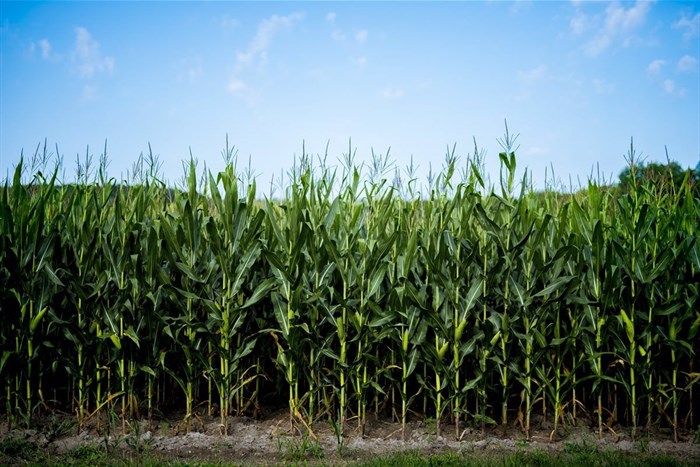Following an El Nino-induced weather scare in the first two months of 2024 with excessive heat decimating crops, there was a sigh of relief as rains returned across most of the summer crop areas.
These late rains seem to have had a positive impact on crops if one looks at the third crop estimates from the National Crop Estimates Committee (CEC).
The CEC made an upward adjustment to its total maize harvest estimate by 1% from the previous month to 13.39 million underpinned by a modest uptick of 2.1% in white maize.
Although this is good news, the total maize estimate is still down by a whopping 18.5% year-on-year with white maize having plunged by 24.7% year-on-year in producing areas during the critical growth stage, thus impacting negatively on potential yields. The white maize production areas had been a big concern, but recent rains prevented further deterioration in crop conditions.
On other crops, sunflower seems to have made a big rebound with an upward revision of 4.4% month-on-month to the harvest estimate of 615,000 tonnes although this is still 14.6% down from last year. There is no change to the soybean estimate, and at 1.81 million tonnes we might see an over 100% year-on-year increase in imports of oil cake after building domestic self‑sufficiency over the past few years.
Trends in crop prices
On prices, maize futures remain elevated and are unlikely to fall significantly as these upward adjustments are not big enough to sway the market otherwise. The latest May 2024 and July 2024 white maize contracts show prices above R5400/t and R4,400/t for white and yellow maize respectively for the Jul-24 delivery. We are unlikely to see a further upward price spiral in the medium term unless the rand blows out and turmoil on global markets worsens.
The season is now tailing off and the next focus for farmers is favourable harvest conditions with no damage in frost-prone areas.
The good news is that the current El Nino will be a once-off event as forecasts so far indicate that it is strongly transitioning to La Nina which bodes well for the 2024/25 crop season. This coupled with strong grain and oilseed prices, and with potentially lower input costs particularly fertilisers will encourage producers to increase plantings in the next season.
Global grain supply and price dynamics
Globally, the supply outlook is solid for maize at just over 1.22 billion tonnes according to the International Grains Council and growth in international prices remains relatively subdued. Consequently, we will likely experience a market correction in the next season.
For the overall GDP, the agriculture sector’s contribution is expected to be benign this year given the current trajectory of summer crops which account for almost 28% of total agriculture gross producer value. From an inflation perspective, the elevated grain prices are likely to cause short term upside pressure on the cereals and meat inflation. However, overall inflation is unlikely to spike out of control in the medium term.






























